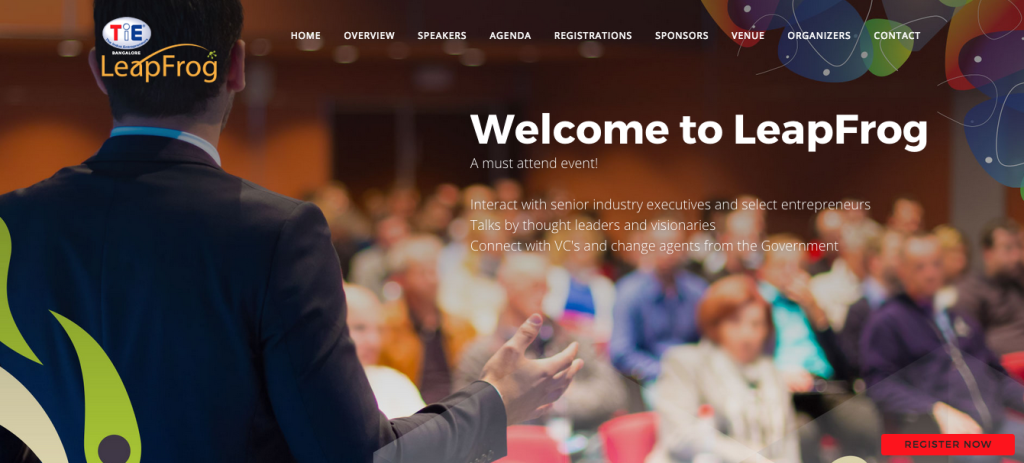While everyone is talking about the lower price points on online stores, people in the business understand that a lot of that price competitiveness is coming due to venture capital (VC) money, which is being used to offer further discounts on the purchase price of the e-tailers. The question to ask is – whether e-tailing, which is based on a marketplace model, can be truly price competitive vis-a-vis physical retail.
By the very nature of the marketplace model, which is being driven due to regulatory conditions, etailers can’t directly buy the goods from the manufacturers’ store and sell them. So, they have adopted the marketplace model, wherein, some wholesalers or retailers are the actual sellers using etail portal to complete the transaction with the buyer. In the accounting books, the goods stay under the individual sellers name, until the transaction is completed; while the etailer may provide logistic support in terms of warehousing, delivery and payment collection.
So you could have a situation, wherein, you ordered something on Amazon/Flipkart, which is actually being shipped by your neighbourhood retailer! The products do the round trip from retailer to some remote warehouse and back to you. This is like catching your nose by placing your arm around the neck!! How can this chain of product delivery be more price-competitive than you visiting the shop and buying the goods directly from the local seller!!
 People will argue that it is the wholesalers/distributors that are selling online and, thereby, cutting out the local retailer margins and passing the cost savings to the end consumer. While it sounds convincing on paper, but the reality is very different. In the evening, if you visit the local market area in any city, you can see the courier boys of the e-tailers picking up goods from retailers in the same market. I see this regularly when visiting my local market once or twice a week. These are the very same shops from where I buy that are now selling on e-tail portals.
People will argue that it is the wholesalers/distributors that are selling online and, thereby, cutting out the local retailer margins and passing the cost savings to the end consumer. While it sounds convincing on paper, but the reality is very different. In the evening, if you visit the local market area in any city, you can see the courier boys of the e-tailers picking up goods from retailers in the same market. I see this regularly when visiting my local market once or twice a week. These are the very same shops from where I buy that are now selling on e-tail portals.
Also, the current effort from the likes of Flipkart, Snapdeal, Paytm, and Shopclues etc., to increase their seller base, clearly shows that they want to engage all mom-and-pop stores (and not just wholesalers/distributors) to sell online. If they were to work on the model of selling by wholesalers only and passing the cost benefit to the end consumer by cutting out the end retailer, simple maths will show you that their seller count can’t exceed 40k-50k sellers.
If the end product is coming from a retailer in your local city market, where are the additional margins to pay for the logistics of product pick-up, delivery, payment collection, payouts and handle returns? Who is coughing up that money? The retailer can do it partially, incentivised by increased volumes and being able to ship to remote corners of the country. But factually, even they don’t know where they are shipping! Also, a small cut in retailer margins can’t lead to the steep double digit discounting, which we see on almost all etail portals.
Fundamentally, the marketplace model works for shipping into remote areas, where physical stores for many brands don’t even exist, but there is a definite demand. However, for such services, the etailers should ideally be charging a premium and not discounts. In the metropolitan cities, the numbers just don’t up. And, buying from a local retailer will always be more cost-effective than buying from e-tailers, especially after the VC money-based subsidizing phase is over.
Our view has been validated by PriceMap customers, who are able to find local retailers offering the same product at lesser prices, which they were contemplating buying online.
This is a healthy debate and I look forward to your comments and views.
Guest Post by Suresh Kabra, Founder of PriceMap


